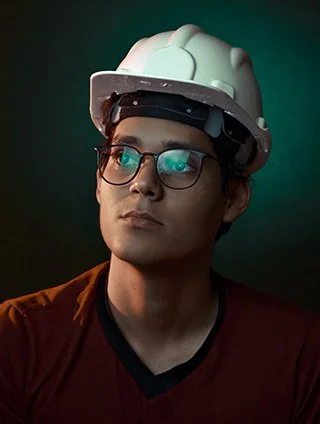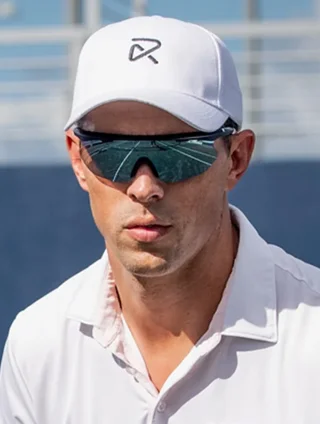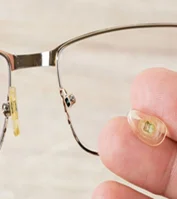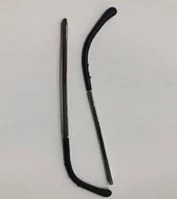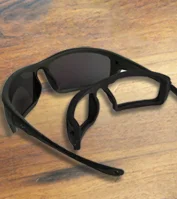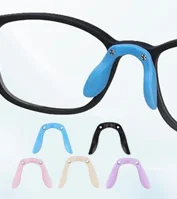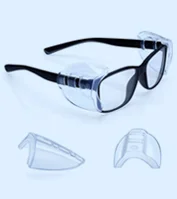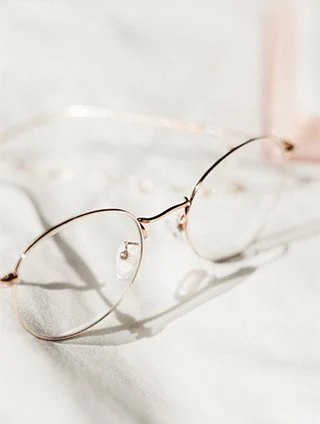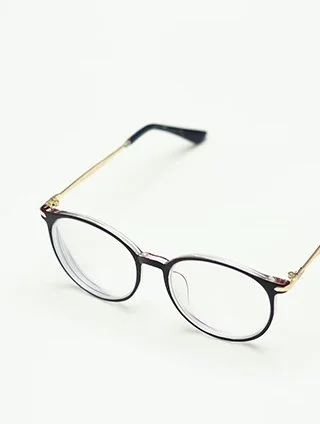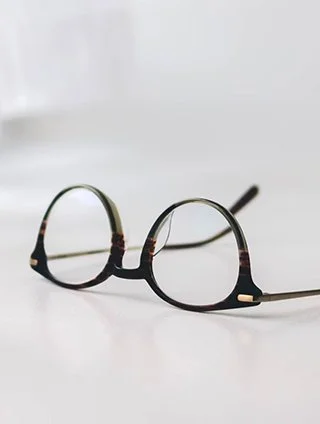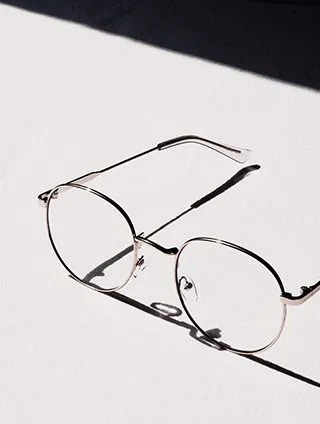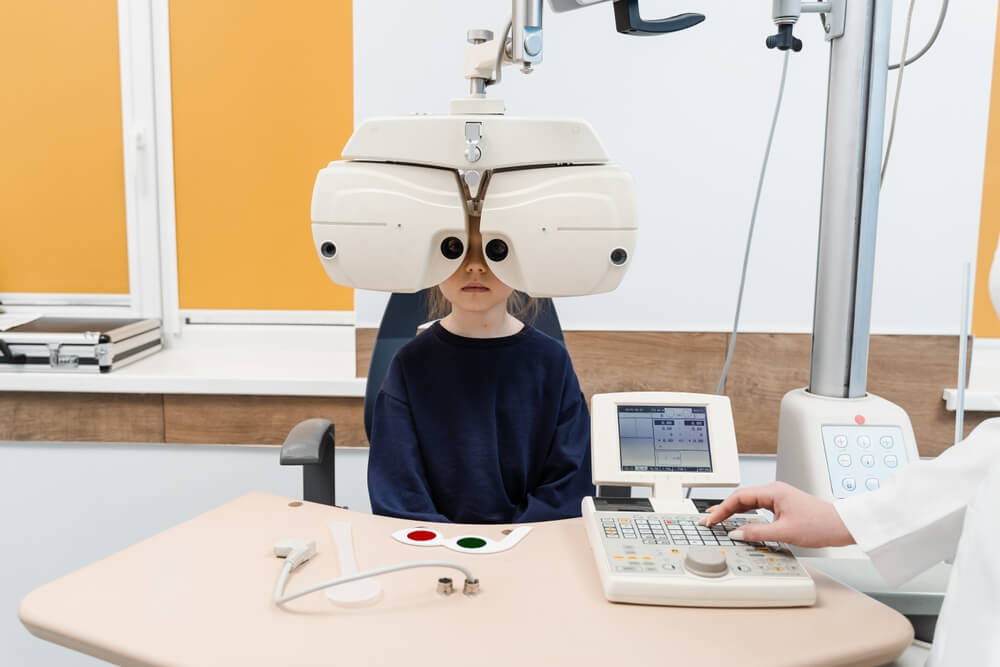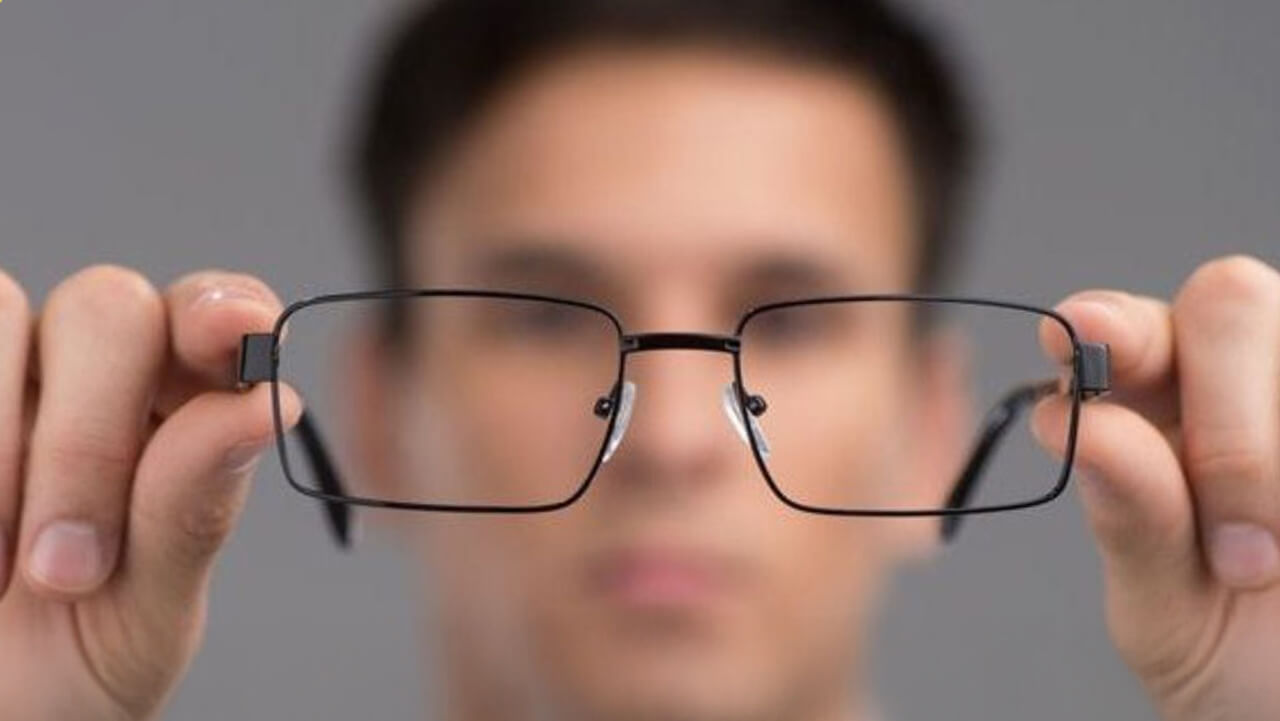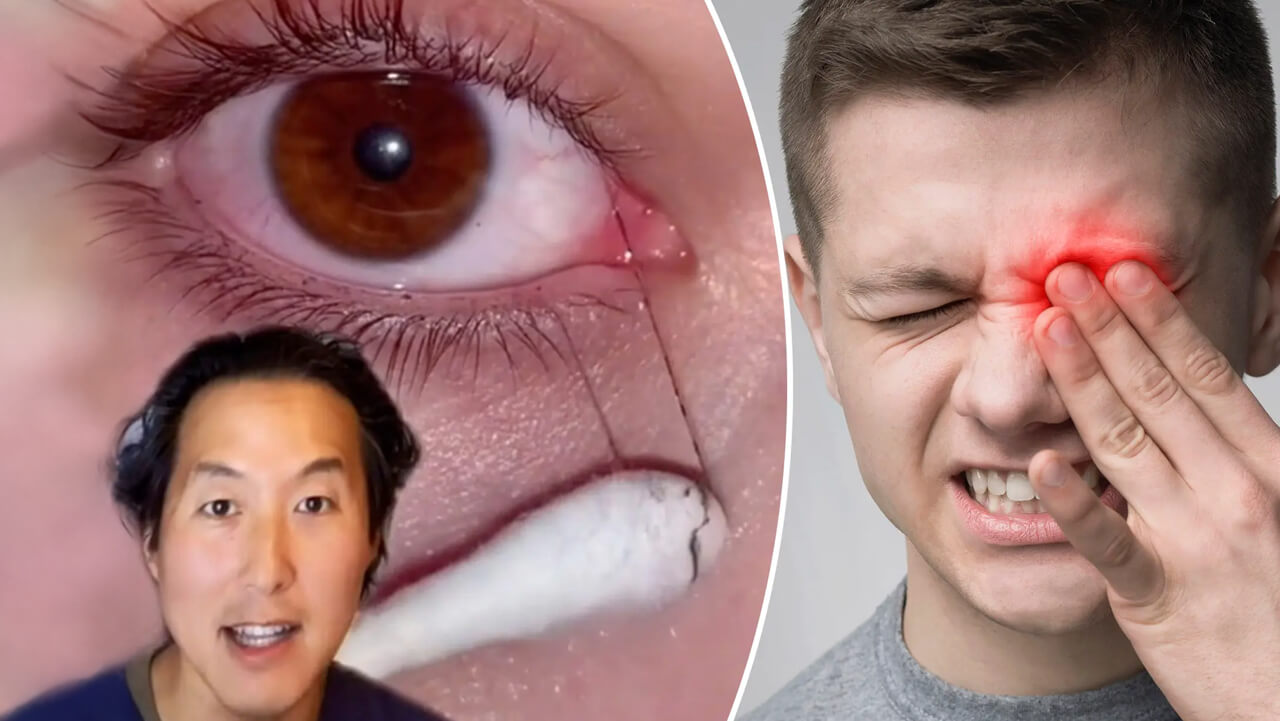Last updated: Wednesday, January 22, 2025
To ascertain whether a patient requires corrective lenses, so, an eye doctor will perform a series of tests known as a refraction eye exam. If so, the examinations determine the patient's prescription for glasses to give the best possible correction. An ocular physician can determine whether and how a patient's prescription has changed over time by performing a refraction exam.
Your eye doctor may be informed of an underlying issue with one or both of your eyes if you experience significant prescription changes. Regular eye exams are crucial for maintaining healthy eyes and clear vision for a variety of reasons including this. Get in touch with your eye doctor right away if you notice any abrupt or severe changes in your vision. Make an appointment now rather than waiting for your next one.
How Does Eye Refraction Occur?
Light bends when it passes through various materials, a process known as refraction. Thus, refraction in the eye refers to how the eye bends light as it passes through its various components, especially the lens and cornea. The structures in front of the eye are called the cornea and lens. They are in charge of bending light so that it precisely focuses on the retina, which is located at the rear of the eye. The goal is a clear vision when everything functions as it should. However, this process can occasionally be hampered by refractive errors. Irregularities in the cornea lens or eyeball itself can cause refractive errors.
Various Kinds Of Refractive Errors
An individual may experience blurry near vision, blurry distance vision, or both depending on the type of refractive error they have. Refractive errors most frequently come in the following forms:
Myopia
Most forms of myopia, also known as nearsightedness, arise from longer-than-average eyeballs. Therefore, light falls in front of the retina rather than directly on it even though the cornea and lens are doing their jobs to focus light appropriately. Occasionally, the cornea's excessively steep curvature results in myopia. Both of these cause vision in the distance to become blurry while objects close up appear clear.
Hyperopia
Farsightedness or hyperopia is at the other extreme of the range. A shorter-than-average eyeball or a cornea with insufficient curvature causes light to focus past the retina which is referred to as hyperopia. This causes clear vision at a distance to appear blurry.
Astigmatism
Though flaws in the lens can also cause astigmatism is a refractive error that is typically caused by irregularities in the cornea. The cornea is the frontmost clear surface of the eye. The cornea should have a uniform curvature akin to a ping pong ball when viewed from the side (profile) of the eye. The cornea with corneal astigmatism has an uneven curvature making it resemble the back of a spoon. This same idea is applied to lenticular astigmatism, but it concerns the lens's shape rather than the cornea. Light entering the eye is warped if the cornea or lens has an uneven curvature. Because of this light scatters rather than focuses resulting in blurry vision at all distances (near and far).
Presbyopia
Presbyopia is a vision condition associated with ageing that impairs close vision and reading comprehension. The natural lens in your eyes changes shape over time to focus on various objects at various distances. However, the lens starts to lose its flexibility at the age of 40 and becomes less focused than before. This results in blurry vision when reading or other close-up work is being done.
What To Anticipate From A Refraction Eye Exam?
Your eye doctor and their staff will measure how your eyes bend inbound light with a series of tests called a refraction eye exam. Auto refraction manual phoropter refraction and occasionally retinoscopy are the tests they perform to evaluate this.
Auto refraction
This test is a quick and simple method to determine the general degree of refractive error in an individual. An autorefractor is a machine that a staff member uses to perform this task at the start of the appointment. The patient must rest their chin on a specific area of the autorefractor while sitting in front of it to operate it. The patient looks through the measuring window focusing on a moving picture that goes in and out of focus one eye at a time. The device records multiple measurements of the eye's reaction to the image during this process. The autorefractor then presents a prescription for each eye by averaging the readings.
Manual refraction
Probably the first thing that comes to mind when you think of an eye exam is a phoropter. There are numerous dials and lenses attached to this large mask-like machine. The phoropter will be placed in front of your face by your eye doctor during the examination and you will be asked to look through it to focus on a chart or picture that is across the room. You will be asked to use a variety of lenses to compare a set of images or letters. You will then indicate to the optometrist which choice is more understandable. This is referred to as subjective testing since you are expressing your personal preferences. If there is any refractive error in your eyes the phoropter assists your doctor in identifying it. It also assists them in determining how curved the lens needs to be to properly correct your vision and your prescription.
Retinoscopy
If their patient is a child or has communication difficulties, eye doctors may also include a retinoscopy in the kids eye exam. During this test light is shined into each patient's eye using a portable device called a retinoscope. With his or her back to the patient, the physician will adjust the light source while observing how light reflects off the pupil. Retinoscopes provide the ophthalmologist with information about refractive errors without requiring input from the patient, unlike phoropters. Retinoscopy is therefore included in objective testing. Aside from assessing accommodation—the ability to focus on nearby objects—the retinoscope also enables the physician to assess the condition of the patient's ocular surface and identify the onset of a cataract early in the process.
How Much Is An Eye Exam And Insurance?
The average cost of an eye exam for refraction varies based on the eye doctor you visit. Refraction is typically included in the price of a complete eye exam, but some practitioners provide it separately. The extent to which you have vision insurance and the scope of your coverage will also affect the cost. The best course of action is to schedule an appointment by giving your preferred eye care provider a call and asking about prices.
How Do Young Children With Refractive Errors Get Diagnosed?
Eye exams for kids are equally as important as physicals at the doctor. Children should ideally get their first eye exam at six months of age. Young schoolchildren who are three years old and approximately five or six years old should also have their eyes examined by an ophthalmologist. Children in school should have eye exams scheduled every other year at the very least.
When you hear that your child has 20/20 acuity it indicates that there is no need to correct refractive error. If you check your child's chart you should see a zero which indicates that their vision is fine. Your child may frequently have a refractive error of some kind. This indicates that the retina is not being hit by light traveling through the eye at the proper angle. Among the most typical refractive errors are:
- The inability to see objects clearly in the distance like the classroom board is known as myopia also referred to as nearsightedness. Instead of light shining directly on the retina nearsightedness causes light to focus in front of the retina.
- Hyperopia or farsightedness is characterized by an inability to focus on closer objects. Here the light source is positioned behind the retina. Remember that some kids may experience mild hyperopia in their early years which goes away on its own by adolescence.
- Astigmatism impairs vision and makes it difficult to see objects both close and far away. When the cornea has an irregular shape this occurs. It might have an egg-shaped form as opposed to a sphere-like one. The cornea's abnormal shape may cause light to refract to multiple points rather than focus it into one. Astigmatism may develop in your child later on due to an eye injury or disease or it may be present from birth.
Remember your child may be hypertensive or myopic and astigmatism. Your child might be prescribed glasses based on the severity of any refraction errors. Myopia will be represented on the chart by a minus sign next to a number and hyperopia by a plus sign. Greater refractive error and stronger prescription are indicated by higher numbers. The amount of astigmatism present will be indicated by a cylinder when it occurs. Where the astigmatism will be indicated by the cylinder axis.
What Is The Eye Exam Price For Refraction?
The costs that each office sets for services vary widely just like for almost any medical procedure. Though it is frequently done as part of a comprehensive eye exam and covered by the overall cost a refraction can occasionally be purchased separately. A thorough examination verifies that you get a prescription that fits correctly and assesses the condition of your eyes. Depending on the plan and eligibility any available vision insurance can partially or completely reimburse the cost of a comprehensive eye exam and/or a refraction test. Finding out how much it might cost to obtain a new or updated vision prescription in your area can be accomplished by getting in touch with a few local eye doctors if you believe you need a refractive test or thorough eye exam.
Eye Refraction Exams: Are They Covered By Medicare Or Medicaid Eye Exam?
Medicare Part A does not pay for refraction exams. However, some Medicare plans—like Medicare Part C—offer coverage for dental vision and hearing. The federal government mandates certain benefits even though Medicaid coverage differs from state to state. One of those required benefits for children under 21 is vision care which ought to include a refraction test for those who are eligible. Explore Medicare and Medicaid coverage in your state of residence for specific coverage details.
Online Eye Exam For Glasses 2025
Optometry has been a latecomer to the telehealth space in comparison to other medical specialties. This is mostly because doing a thorough eye exam requires specialized tools and processes that are difficult to replicate remotely. However, to improve patient convenience and safeguard healthcare providers and patients during the COVID-19 pandemic, some services—such as vision screenings and prescription renewal exams—are now available online. These are the top choices for online eye exam fees.
How Long Does An Eye Exam Take For Refraction?
Frequent ocular examinations are essential for preserving good vision and identifying possible problems early. You might choose to overlook the significance of your vision when you're busy with life though until you start noticing symptoms of an eye condition. Although eye exams require time, the time is well spent. Depending on the tests required to protect your eye health, an eye exam may take anywhere from thirty to sixty minutes. All that an hour's worth of eye exams can do to support your family's vision is a small price to pay.
An Eye Exam Includes Three Tests
A thorough eye exam may consist of several different components. During your eye exam, you might undergo specific tests like these depending on your unique needs for eye care.
- A refraction exam: To find your corrective lens prescription entails looking through several lenses.
- A slit-lamp examination: Using a slit-lamp microscope, the optometrist assesses particular external and internal eye characteristics.
- A dilation exam: Using special eye drops that cause your pupils to enlarge the optometrist assesses the health of your retina.
Bottom Line
Without having a refraction eye exam, you cannot receive a new prescription for contacts or glasses nor can you modify your existing one. Refraction tests are the only way to identify refractive errors and provide an accurate estimate of the lens strength(s) required for your prescription. Interested in contacts? Schedule a time to have a refraction exam performed on yourself.
FAQ's
What is the difference between an eye exam and a refraction?
An eye exam is a comprehensive evaluation of your overall eye health, including tests for visual acuity, eye alignment, and diseases. Refraction is a specific part of this exam that determines your prescription for glasses or contact lenses by assessing how light bends as it enters your eye.
What is an eye refraction exam?
An eye refraction exam measures how light rays bend as they pass through your eye, helping to identify refractive errors like nearsightedness, farsightedness, or astigmatism. This test is essential for determining the correct lens prescription to achieve clear vision.
What is refraction in an eye exam?
Refraction in an eye exam refers to the process of determining the appropriate lens power needed to correct any refractive errors. During this test, you'll look through a device called a phoropter and indicate which lens options provide the clearest vision.
What does refraction mean in an eye exam?
In an eye exam, refraction is the assessment that identifies any vision issues caused by the eye's inability to properly focus light. It helps in prescribing corrective lenses to improve vision clarity.








